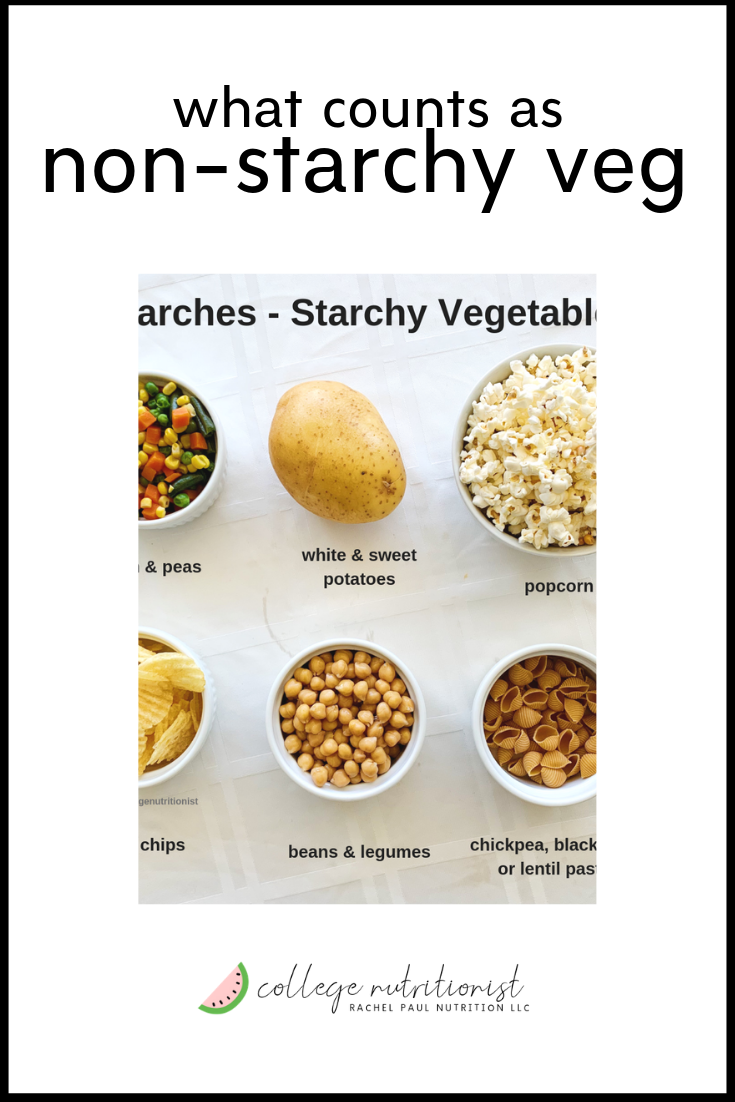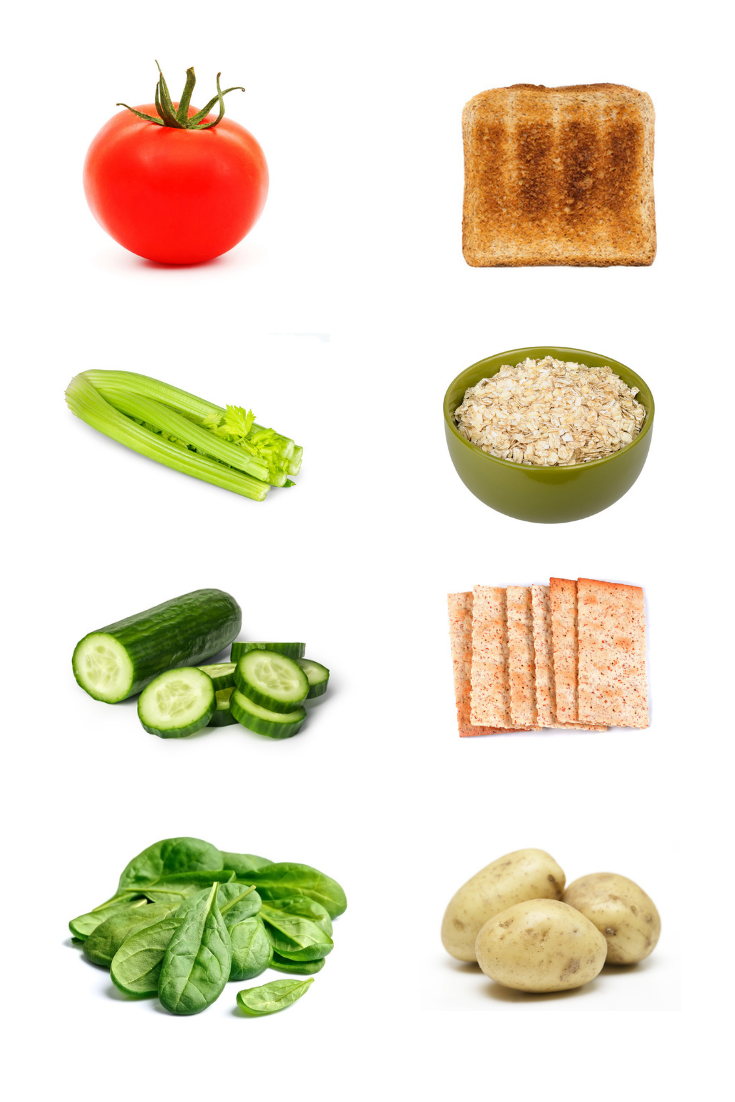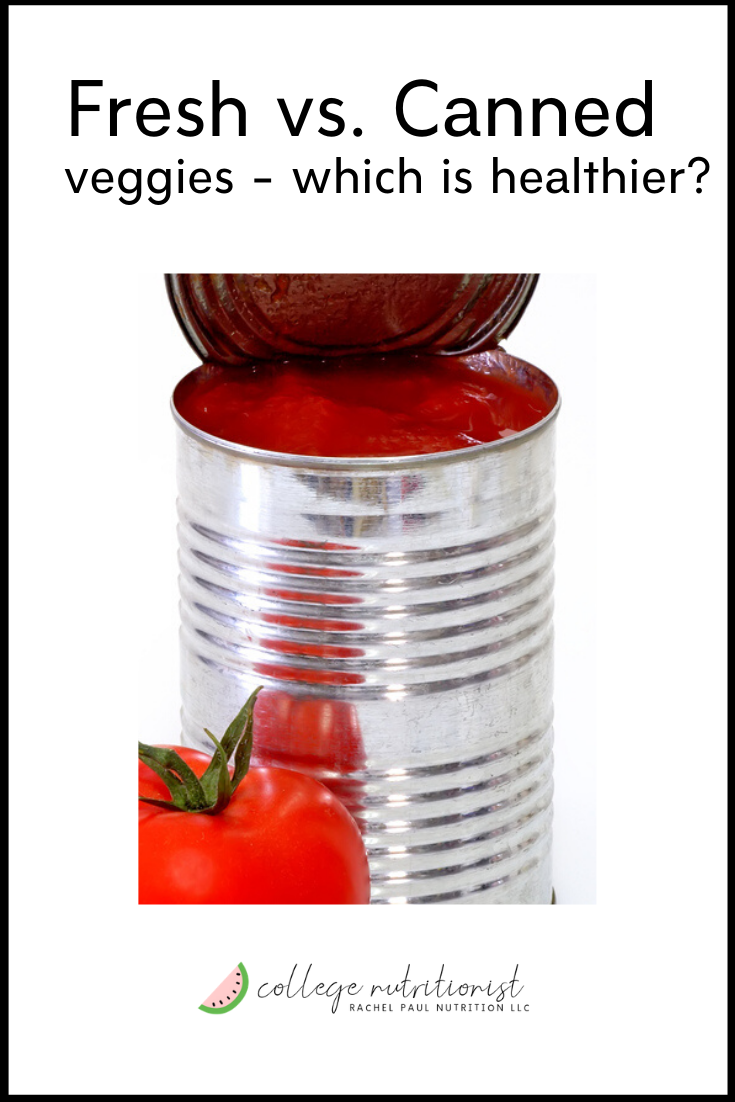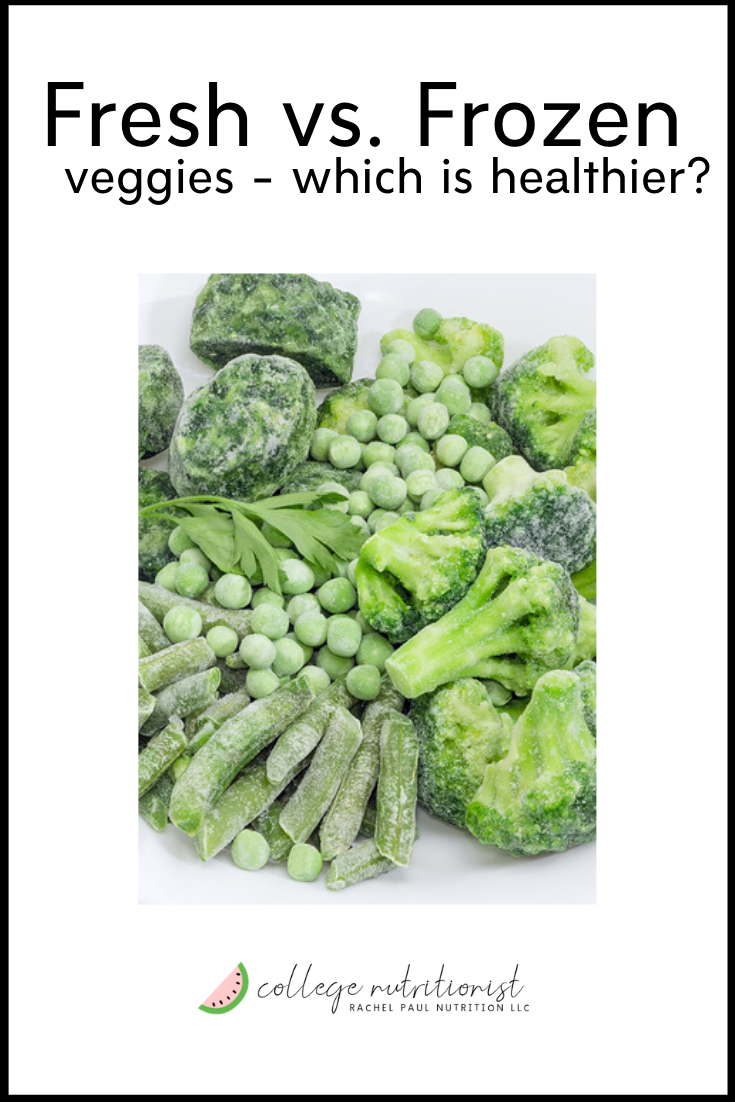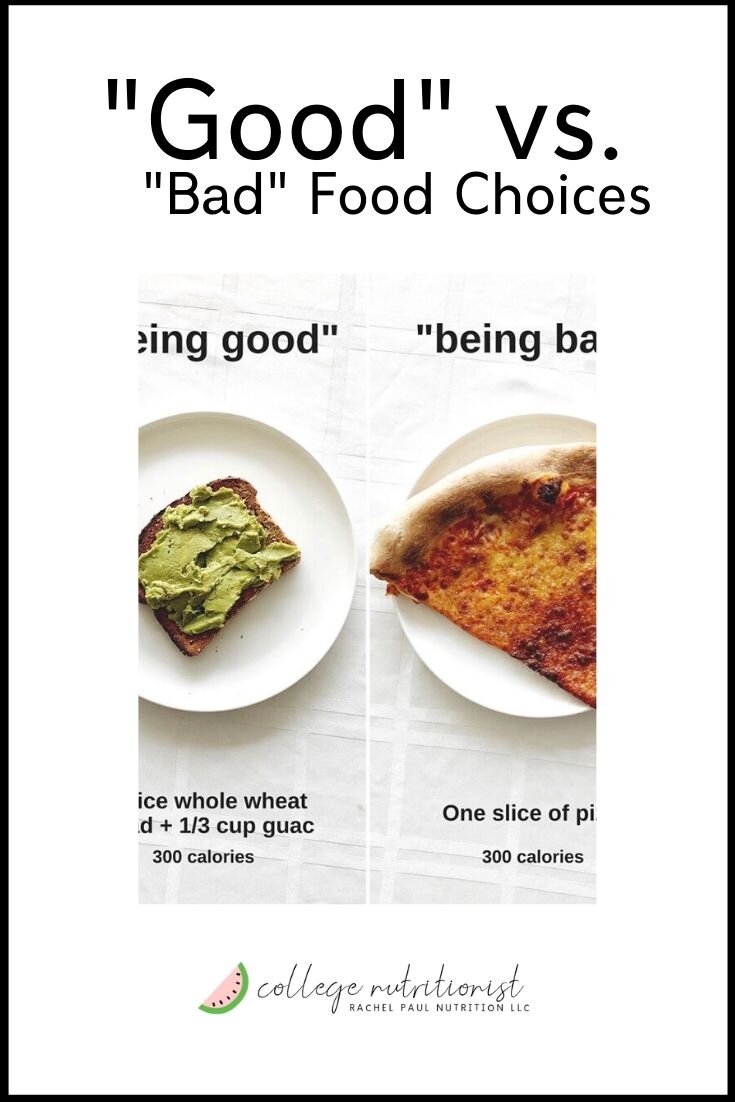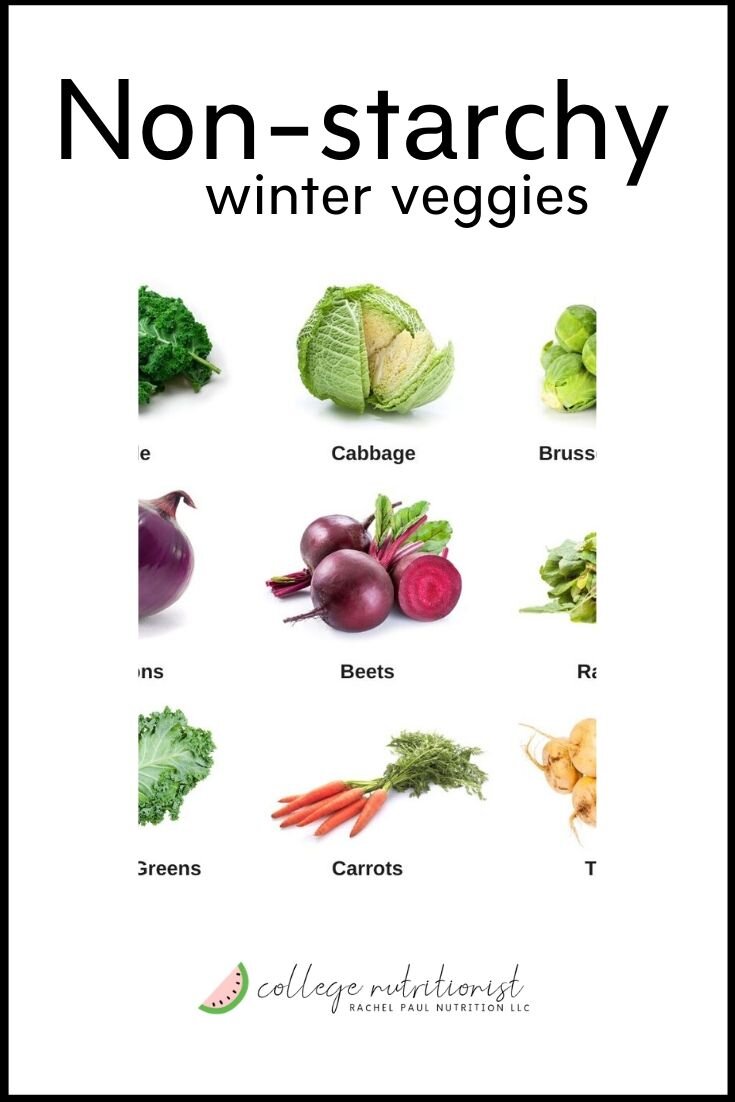The #1 thing that has helped me the most in my personal weight management journey is limiting starchy foods.
I generally think a diet that is overall low in starchy foods is good for our health. Here is a great, well-written, well-researched article: Important nutrition myths debunked!
Benefits Of Starchy Vegetables
Now, if you’re asking yourself if starchy foods are bad…
Starchy foods are NOT BAD! No food is bad 🙂 There are no “good foods” or “bad foods”.
Starchy foods are helpful for many reasons:
-
We need the nutrients they provide!
-
They’re emotionally satisfying
-
They provide immediate energy
BUT, eating a diet higher in protein and fat (while still including some starchy foods), compared to a diet higher in starchy foods, may be more filling and help us more easily meet our health goals – whether those are weight loss, weight management, or weight gain.
When hearing this, some people say: but don’t you need carbohydrates to function? I thought carbohydrates were an important part of the diet?
True BUT…
did you know?
So many other foods also include carbohydrates:
-
Dairy foods (cheese, milk, yogurt, etc.)
-
Nuts
-
Sauces
-
Dressings
-
Desserts
-
Beans and legumes (including lentils, hummus, and falafel)
-
Fruit
-
Non-starchy vegetables like greens and tomatoes
Therefore! I would strongly argue that even by limiting the number of starchy carbohydrates in the diet, you are still getting plenty of total carbohydrates 🙂
A common misconception people have is that starchy food is the same as carbohydrates – but the fact is, you can get carbohydrates from other food sources as well, not just from starchy foods!
Ok, now that we covered the difference between starchy and non-starchy foods, and why you should eat each of those, let’s cover what vegetables fall into which category.
On to what is classified as what – starchy and non-starchy foods! This will help you create your meal plans with ease – you’ll know what foods to include, and how much.
Starches vs. Non-Starchy Vegetables
FOOD SOURCES OF STARCH
What Are Starches?
Starches include grains like bread, rice, pasta, and quinoa, and starchy vegetables include beans, peas, corn, potatoes, hummus, falafel, and French fries.
Here’s a (pretty) complete list! And what “1 serving” includes (about 120 calories per serving.)
Grains
-
Bagel: 1/2 bagel
-
Barley: 1/2 cup cooked
-
Bread – white, whole wheat, rye, etc.: 1 medium slice
-
Bulgar: 1/2 cup cooked
-
Farro: 1/2 cup cooked
-
Flour – whole wheat, corn meal, rye etc.
-
Oatmeal: 1/2 cup uncooked
-
Pasta: 1/2 cup cooked
-
Quinoa: 1/2 cup cooked
-
Rice – white, brown, wild: 1/2 cup cooked
Starchy Vegetables List
-
Acorn squash: 2 cups
-
Beans, lentils, split peas, and black-eyed peas: 1/2 cup cooked
-
Butternut squash: 2 cups
-
Corn: 1 cup kernels
-
Hummus: 1/3 cup
-
Falafel: depends on the type!
-
Parsnips: 1 cup cooked
-
Peas: 1 cup cooked
-
Plantains: 1/2 medium, raw
-
Popcorn: 4 cups popped
-
Potato – sweet, white, etc.: 1 medium potato
-
Pumpkin: 2 cups
WHAT ARE NON-STARCHY VEGETABLES
Benefits Of Non-Starchy Vegetables
Non-starchy veggies are also so important to eat for a number of reasons:
-
They have so many antioxidants, vitamins, minerals, and fiber that help your overall health
-
They add a lot of VOLUME to meals and snacks, without adding many calories, which makes them great if you want to lose weight
-
They’re good for weight loss, as they don’t have lots of calories
-
They’re very nutritious and help keep you full
-
They’re very versatile and they can be turned into so many different dishes – from soups, salads, stews, pasta sauces grilled veggies, casseroles, to literally anything you want to eat
Non-Starchy Vegetables List
1 serving = 1 cup – except for leafy greens, where 2 cups of raw leafy greens = 1 cup of vegetables (because there’s so much air in there!)
-
Artichoke/ hearts
-
Asparagus
-
Beets
-
Brussels sprouts
-
Broccoli
-
Cabbage
-
Carrots
-
Cauliflower
-
Celery
-
Cucumber
-
Eggplant
-
Green beans
-
Leafy greens e.g. collard, kale, mustard, turnip, bok choy, kohlrabi
-
Jicama
-
Leeks
-
Mushrooms
-
Okra
-
Onions
-
Peppers
-
Radishes
-
Snap peas
-
Sprouts
-
Summer squash
-
Spaghetti squash
-
Tomato
-
Turnips
-
Water chestnuts
-
Zucchini
